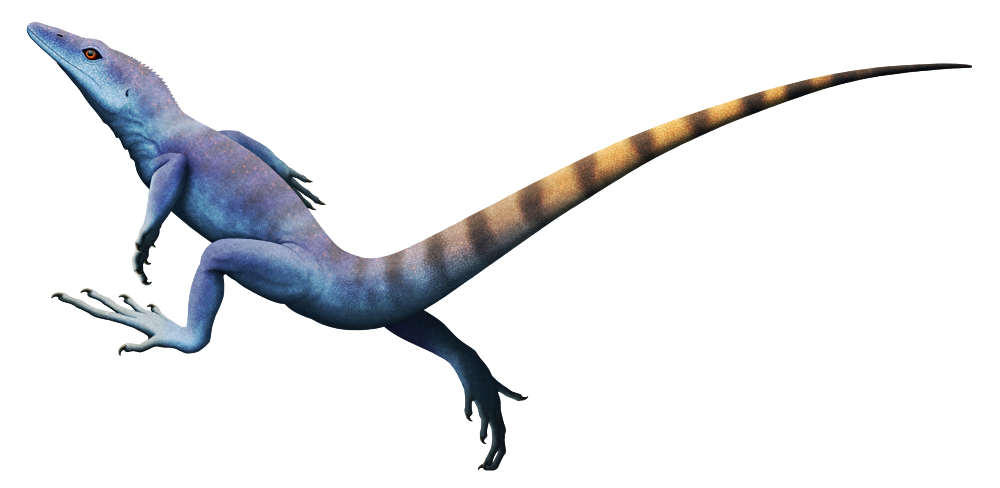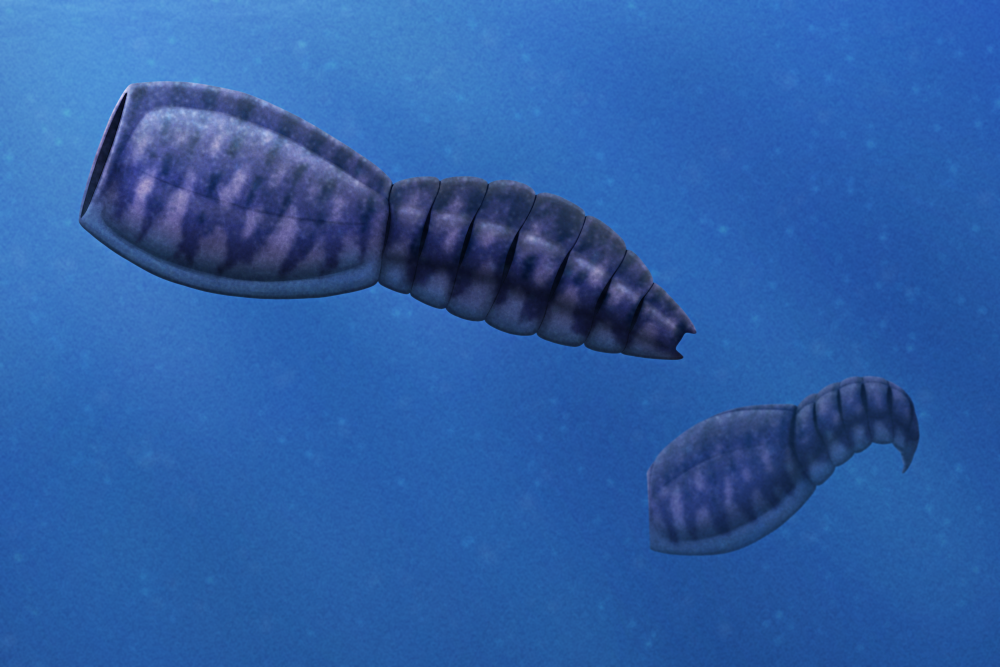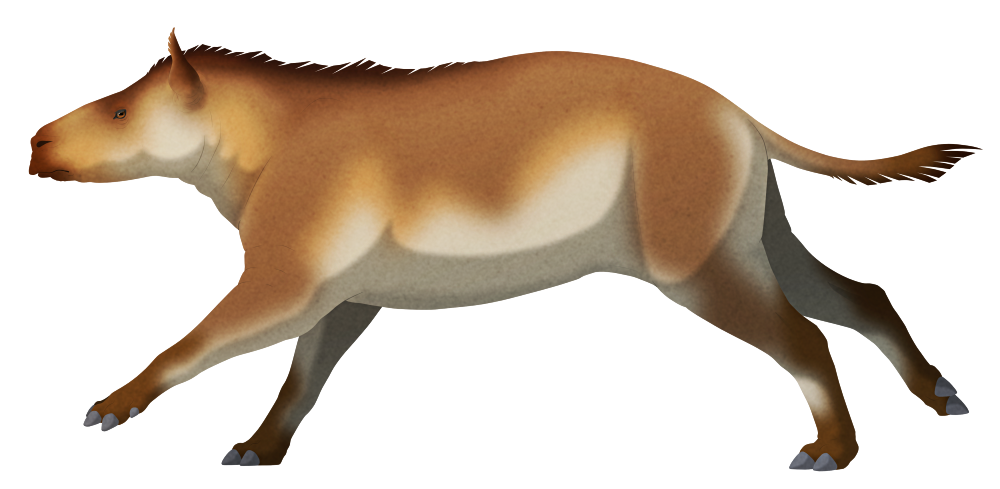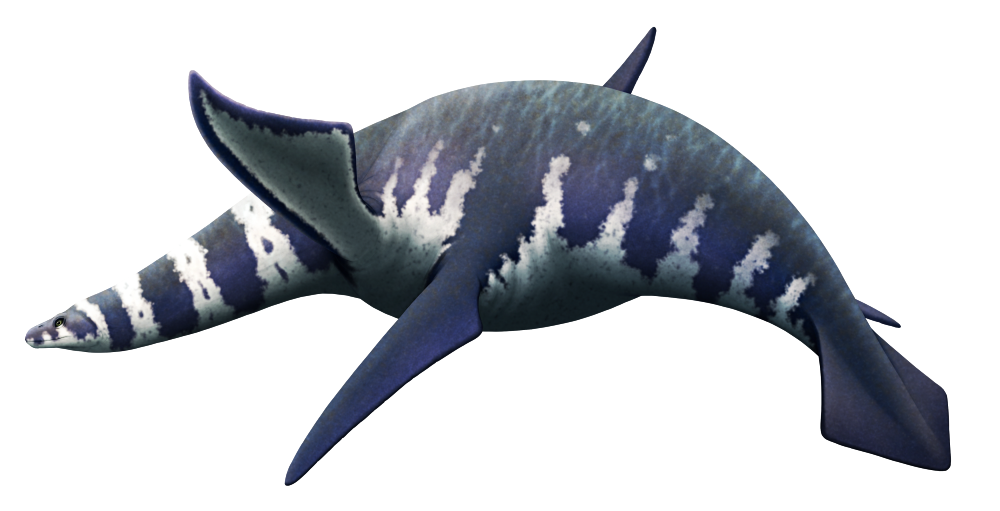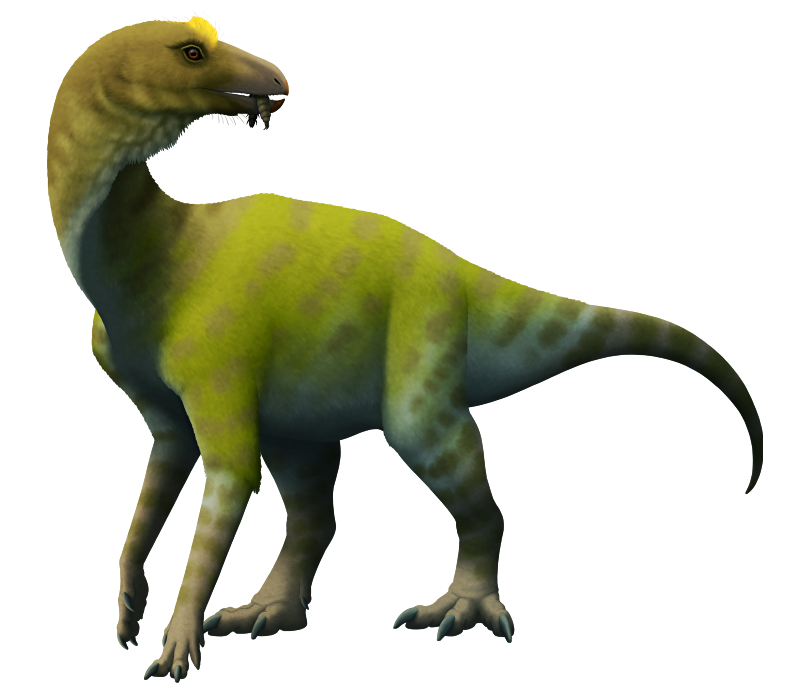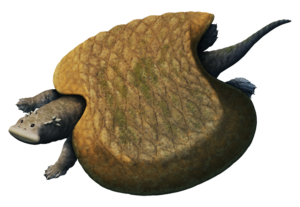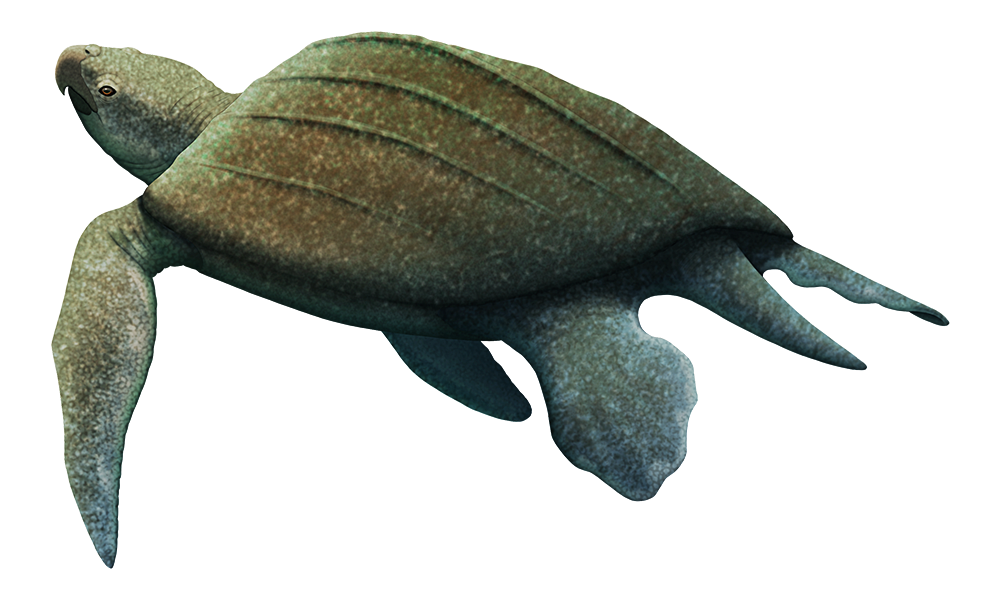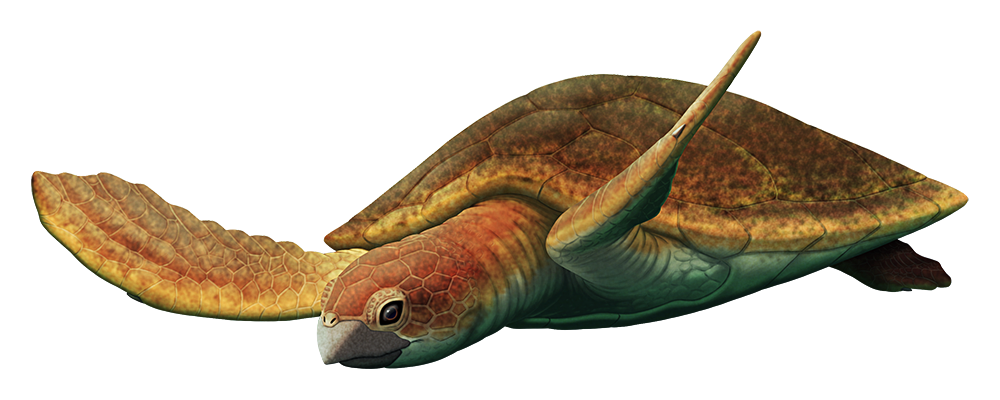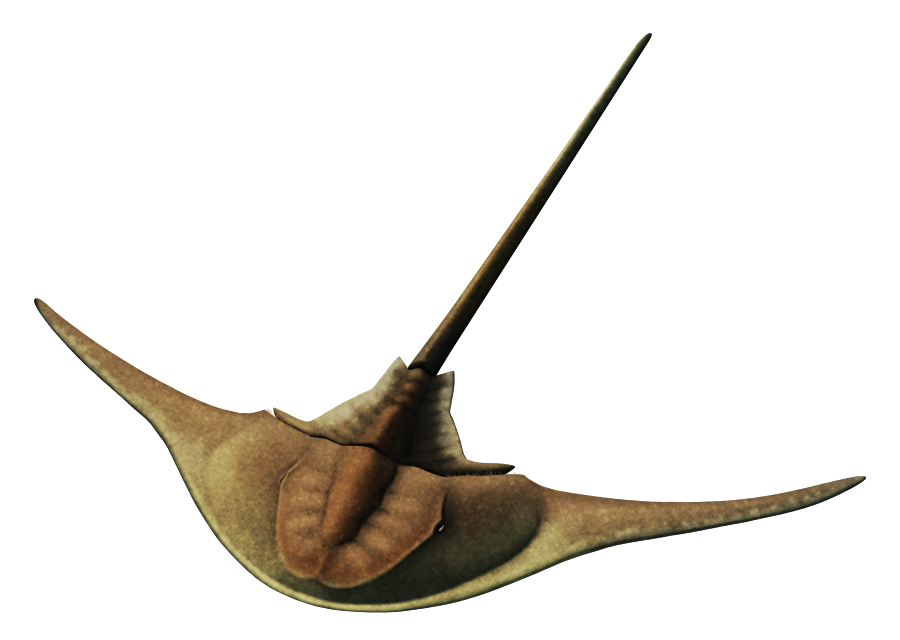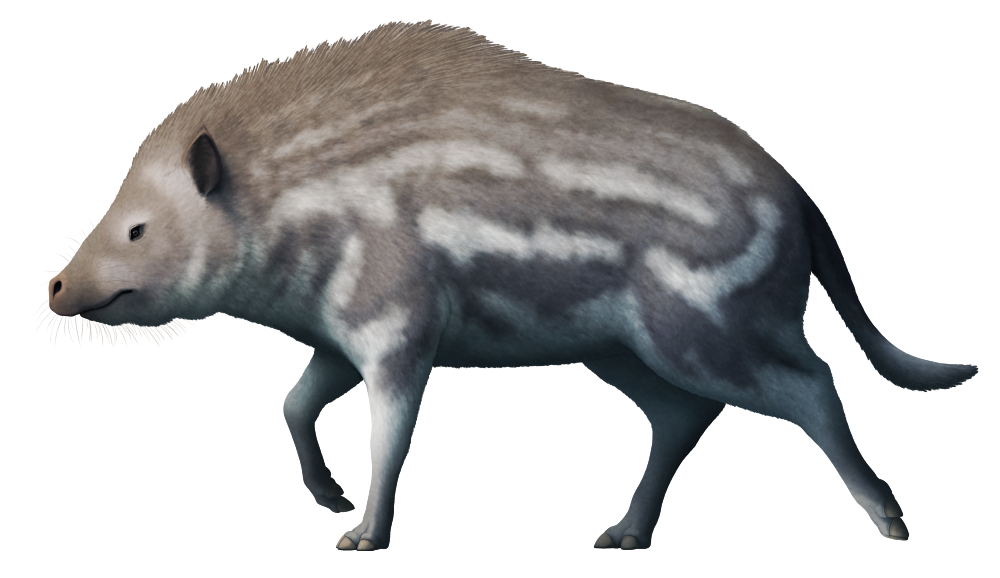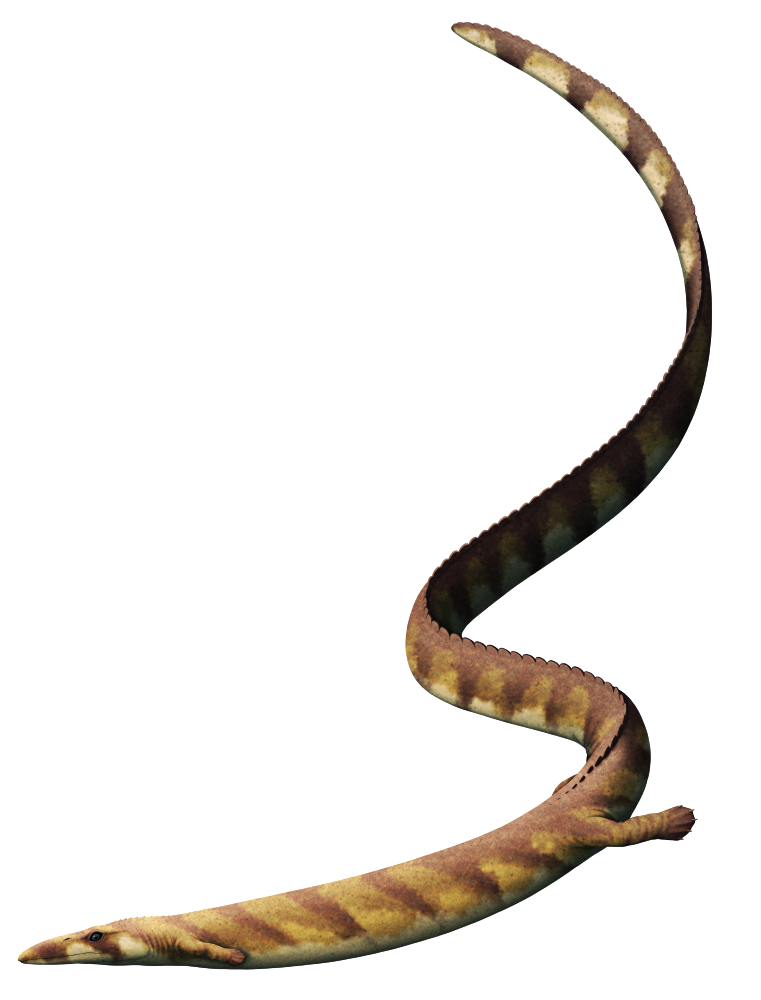Desmatophocids were a group of seal-like pinnipeds that appeared very early in the group’s evolution, around 23 million years ago. They were found across the northern Pacific from the west coast of North America to Japan, and were the first pinnipeds to get big, with some species reaching sizes comparable to modern northern elephant seals.
They had a mixture of anatomical features similar to true seals, sea lions, and walruses, but weren’t actually the ancestors of any of those modern groups. Instead they seem to have just been their own separate thing, a very early diverging “cousin” lineage of pinnipeds that convergently developed close resemblances to their later relatives.
Allodesmus demerei here was one of the last known desmatophocids, living in the late Miocene (~9 million years ago) in what is now southwest Washington, USA.
It would have been a sea lion-like animal, able to walk on all fours when hauled out on land, and showed distinct sexual dimorphism, with males growing to sizes of around 4m long (13′) and females being somewhat smaller. It powered its swimming using its front flippers, and may have mostly foraged in deep dark waters, using both keen vision and sensitive whiskers to locate prey.
The nasal region of its skull also shows some similarities to modern elephant seals, and some reconstructions depict males with the same sort of large proboscis.


